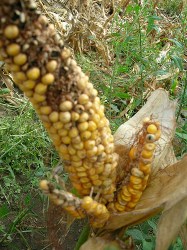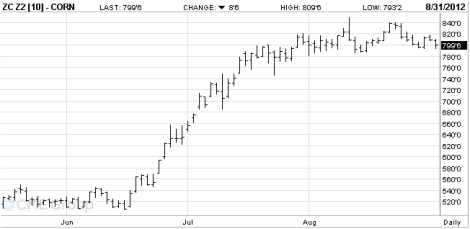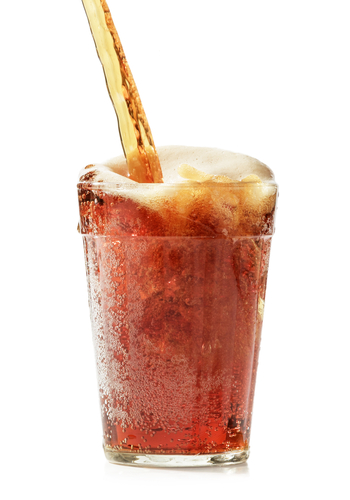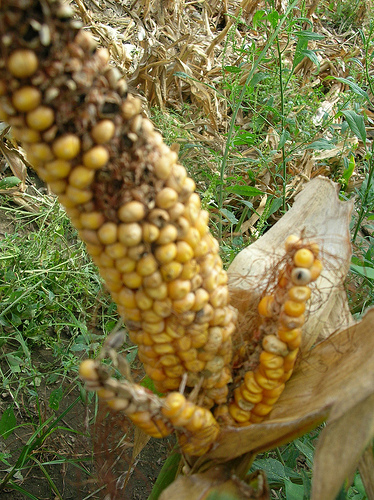 The drought that desiccated the Midwest severely reduced the quality and quantity of this year’s corn harvest. This isn’t news in and of itself. The international impact of the drought, however, is.
The drought that desiccated the Midwest severely reduced the quality and quantity of this year’s corn harvest. This isn’t news in and of itself. The international impact of the drought, however, is.
Yesterday, the World Bank announced that global food prices went up substantially in July.
Global food prices soared by 10 percent in July from a month ago, with maize and soybean reaching all-time peaks due to an unprecedented summer of droughts and high temperatures in both the United States and Eastern Europe, according to the World Bank Group’s latest Food Price Watch report.
From June to July, maize and wheat rose by 25 percent each, soybeans by 17 percent, and only rice went down, by 4 percent. Overall, the World Bank’s Food Price Index, which tracks the price of internationally traded food commodities, was 6 percent higher than in July of last year, and 1 percent over the previous peak of February 2011.
Here’s why. The Department of Agriculture’s weekly weather and crop bulletin [PDF] tracks corn harvest and quality in the 18 states that last year produced 94 percent of the nation’s corn acreage.

At left is the percentage of the corn crop that has already been harvested. Last year at this point, 2 percent of the crop had been harvested, same as the five-year average. To date, 6 percent of this year’s harvest is in, three times as much.
What remains to be harvested is in bad shape. At right, the condition of the corn crop. The column headers are very poor, poor, fair, good, excellent, in order. As of August 28, fully 78 percent of the crop was fair or worse. Last year at this time, 81 percent was fair or better.
The good news is that corn futures prices have finally stabilized.

December corn futures data from CME Group.
The bad news is that they’ve stabilized at a near-record price. Meaning that the international spike in food prices isn’t likely to come down any time soon.




